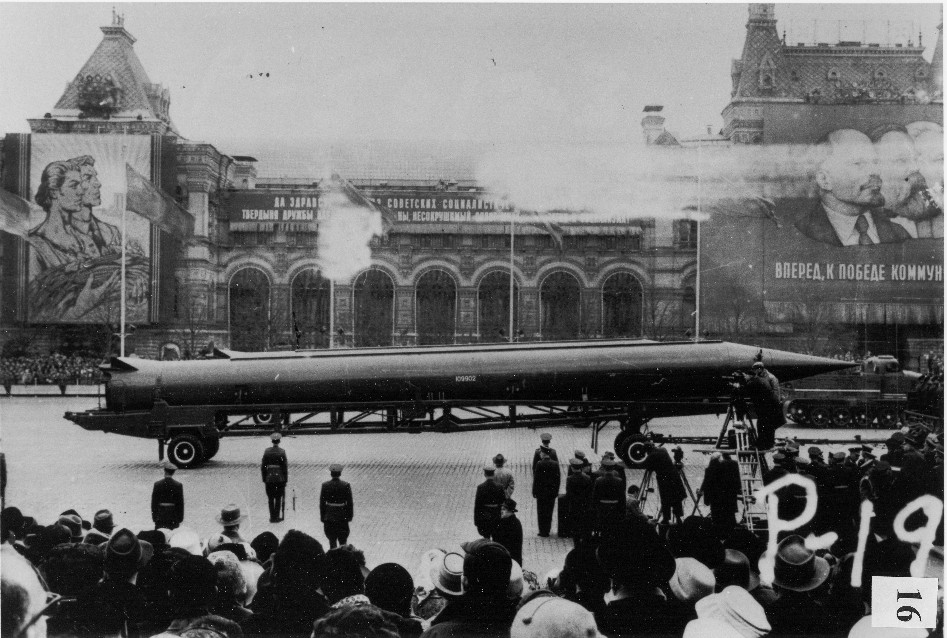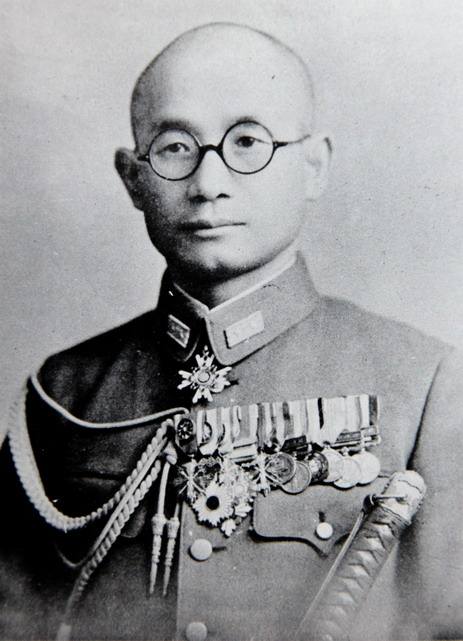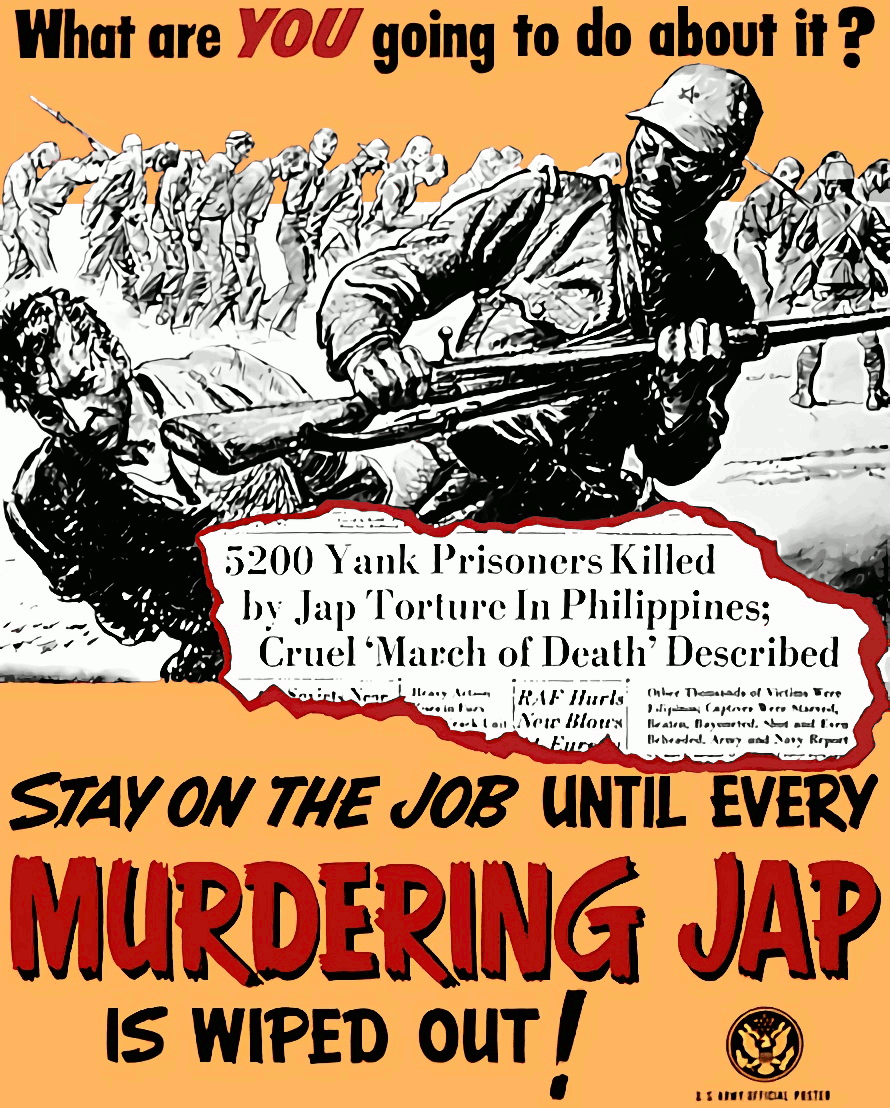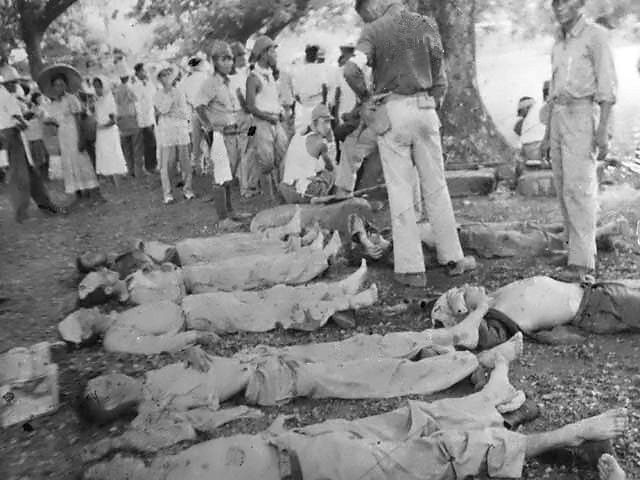From the beginning of the century until the 1950s, newsreels served as a source of entertainment, current events, and news in the U.S. and Europe. They were shown in dedicated theaters in major cities during the 1930s and 1940s. A newsreel was a short documentary with filmed news stories and items of popular interest. The Daily Bioscope was the first British news cinema that showed newsreels and opened in London in May of 1909. The first newsreel in the U.S.was seen in August, 1911, the same time as the French company, Pathe, made its first weekly release to theaters. Before the newsreels were shown independently, the only way for Americans to visually witness the news was in commercials before major motion pictures, like we see today. That was how many Americans saw Lindbergh’s Atlantic flight, major sporting events, and developments of WWI and WWII. Many americans enjoyed this new type of news because of its audio and visual aspect. While reading the news paper, stories could seem boring or unimportant but it is much easier to just sit and watch a news story in a theater. Also, some people liked the bias of the newsreels which was much more obvious than bias in newspaper. If you are reading something, then it is up to you to form your opinions about it but watching films gives you more ideas and puts more images in your head than a newspaper could. Although, some people still prefered newpapers as they were easy to get and you could take them where you went and read them on your own time.
1929 was an important year for newsreels. William Fox bought a theater on Broadway to show newsreels and changed the format from a two dollar a show two times a day, to an ongoing 25 cent show, which was the first newsreel theater in the USA. It became such a success that Fox and his supporters started a chain of newsreel theaters across the country. They were usually showed with cartoons or short movies. The Universal City studios started producing reels twice a week to show before major movies. Most were usually only a minute or two in length, covering news, sports, the arts, fashion and more. Newsreels in the
In
After the war on

























